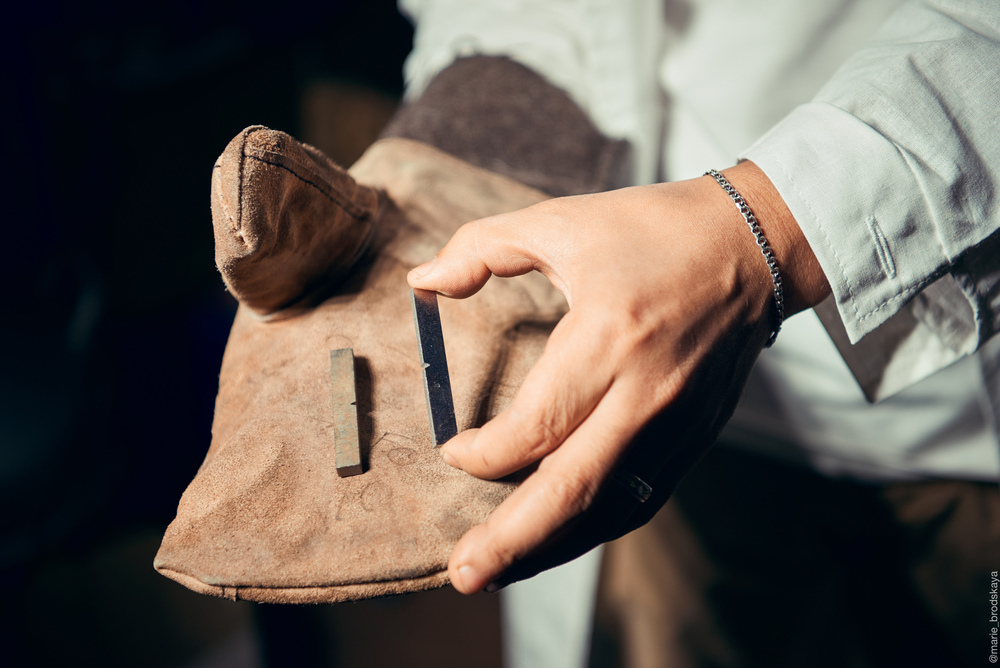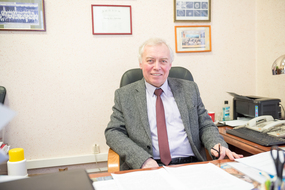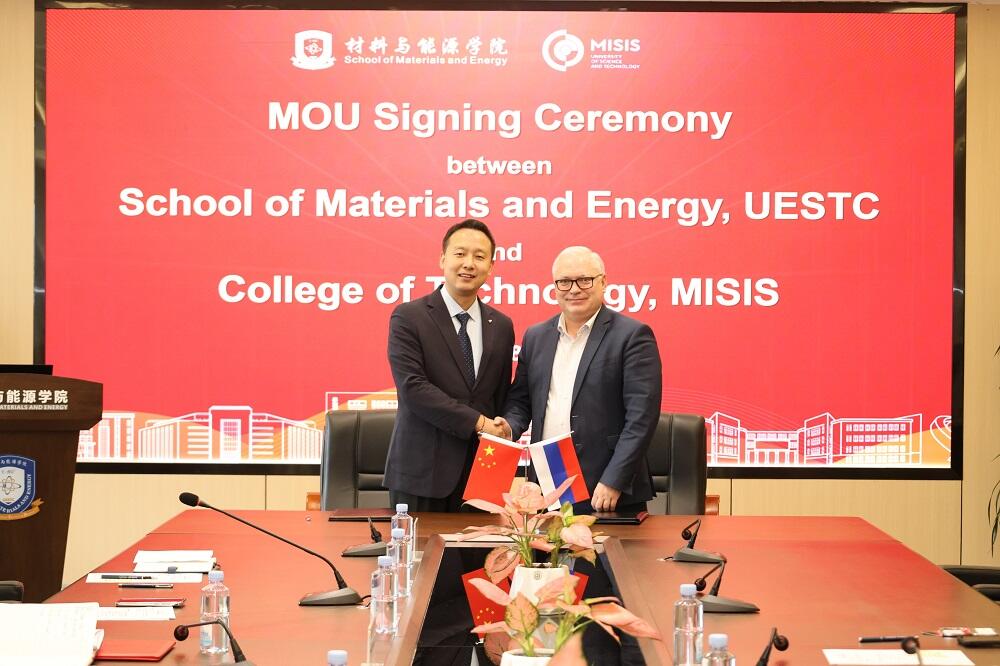For the production of a device that localizes molten material in nuclear reactors in case of emergencies, a promising new material could be low-carbon low-alloy steel of type 15HM. This conclusion was reached by scientists at the NUST MISIS as a result of extensive research.
The “melt trap” in the event of a severe beyond-design-basis accident is capable of retaining molten and hazardous reactor materials for an indefinite period, thus preserving the environment. It is a large-capacity vessel with a diameter of up to 6 meters and a depth of up to 12 meters, with a shell thickness of up to 6 cm. The device’s shell must withstand extreme thermal effects, high static and impact loads. The temperature of corium, the molten lava-like material, exceeds several thousand degrees. According to calculations, the device’s shell heats up to 1200°C during the localization and cooling of the melt, and the process of cooling the corium takes
“The question of choosing the most optimal material for making structural elements of the ‘melt trap’ that can provide the necessary level of strength has not been fully resolved. This is partly due to the lack or absence of data on the mechanical properties of low-carbon steels under extreme temperature and force conditions. At present, the most durable low-carbon non-alloyed and low-alloyed steels are used for making structural elements: the body is made of grade 22K steel, and the guide plate is made of grade 09G2S steel,” noted Alexander Komissarov, Ph.D., head of the Laboratory of Hybrid Nanostructured Materials at NUST MISIS.
To eliminate existing uncertainties in selecting steel for the “melt trap” and to increase the competitiveness of domestic nuclear power plants in the global market, scientists at NUST MISIS conducted a large-scale series of tests, comparing the structure and mechanical properties of various materials. This work corresponds to the objectives of the university’s strategic project “Materials of the Future” under the program “Priority 2030” of the Ministry of Science and Higher Education of the Russian Federation. An unprecedented experiment for the university was the execution of a unique experiment to model the emergency operation mode of a nuclear reactor in laboratory conditions.
“For nuclear power plants, especially in areas with increased seismic hazard, it is important to maintain such properties of the ‘trap’ material as high impact toughness and resistance to low-cycle fatigue after corium cooling. Compared to grades 22K and 09G2S steels, 15HM steel has a finer-grained structure, it is less prone to embrittlement under prolonged high-temperature exposure, has relatively high thermal conductivity, and good weldability,” said Sergey Nikulin, D.Sc., head of the Department of Physical Metallurgy and Physics of Strength at NUST MISIS.
At present, only Russian nuclear power plants with VVER-1200 generation 3+ reactors have a melt localization device in all nuclear power units to minimize consequences in case of a severe accident.





